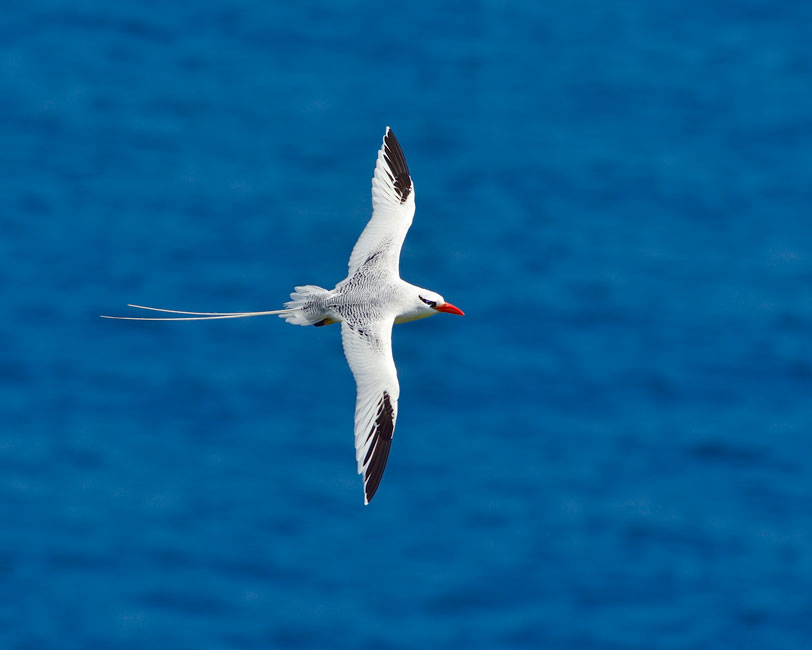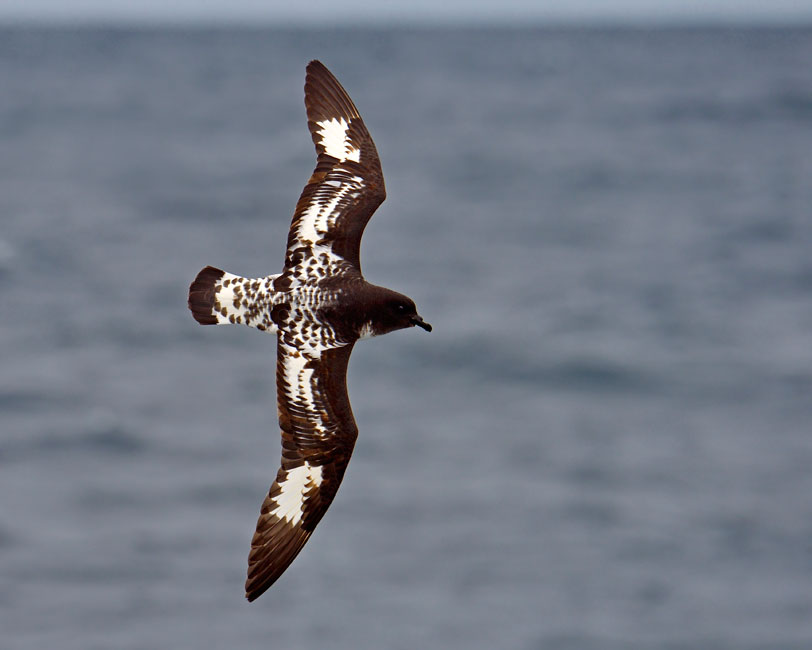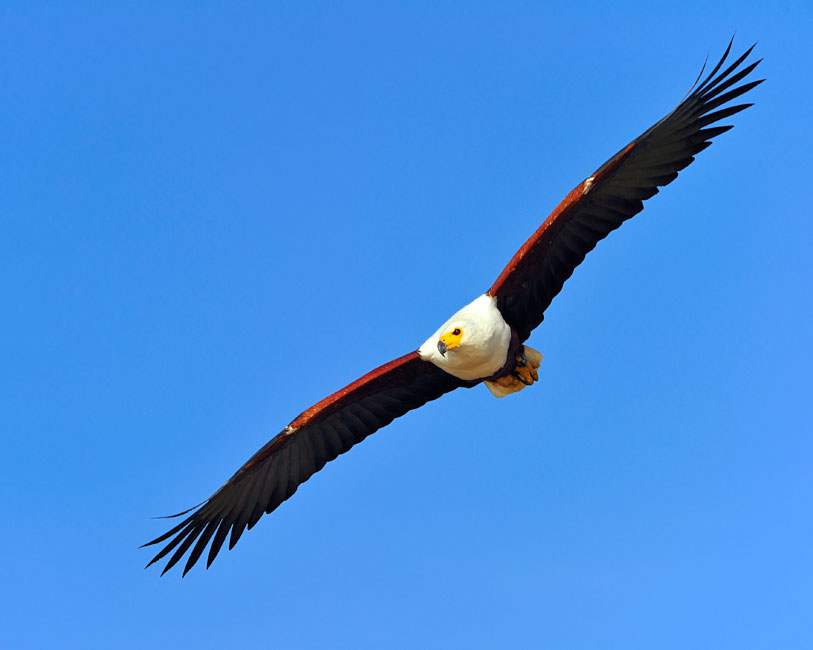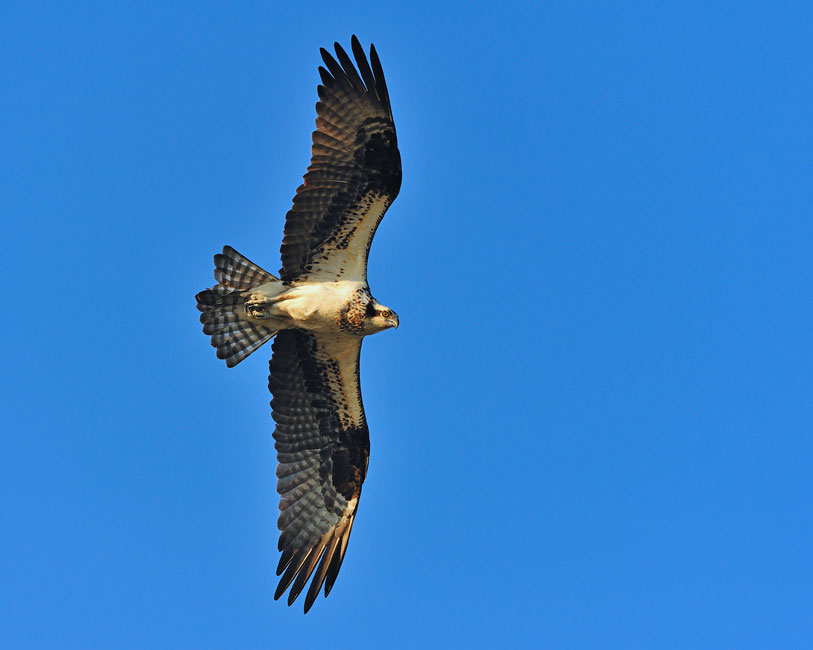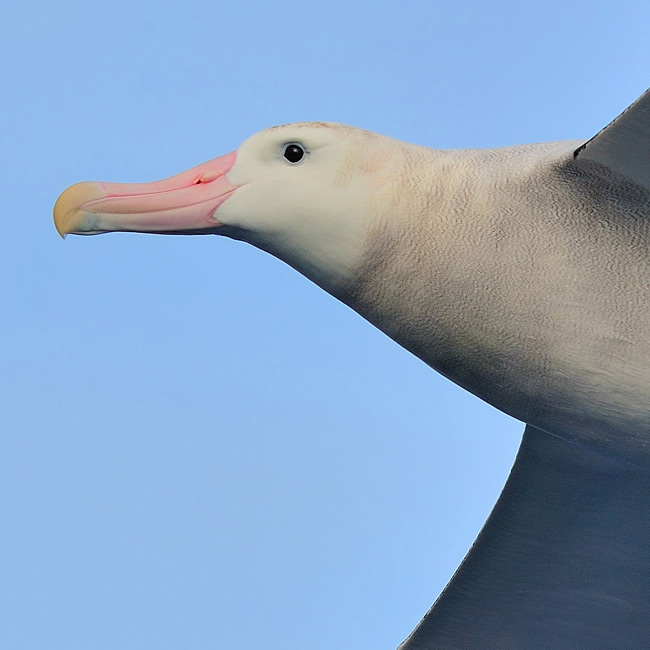Photographing Birds in Flight
The popularity of nature photography grows each day. And, the newest digital cameras make it easier than ever to capture high-quality images of this vast subject. However, some aspects of nature photography still remain difficult. Birds-in-flight are particularly challenging. Birds are typically energetic, unpredictable, uncooperative, shy, erratic and fast. Achieving top-quality images here requires much awareness and some special camera techniques.
Start by setting your exposure to a fast shutter speed. Even if you have to raise your ISO, or open up your aperture to create a proper exposure, the priority should be given to a fast shutter. Ideally, it should be 1/1000 of a second (or faster). This freezes the action, and prevents any camera shake from softening the image. Some automatic cameras offer a “sports mode,” or “action mode.” This is often depicted with a “running man” icon. This mode defaults to a fast shutter, perfect for fast-action wildlife photography.
Telephoto lenses work best with most wildlife. If you want to fill the frame with your subject, use something larger than 200mm. Anywhere between 300mm and 400mm works well for flying birds. I use the new AF-S NIKKOR 80-400mm f/4.5-5.6G ED VR. It’s versatile, lightweight and fast enough to get the sharp images I demand. If your lens has Vibration Reduction (VR), make sure it’s activated. “Normal Mode” should be adequate if you’re standing on solid ground.
Focusing is critical for sharp images. Many new cameras offer intelligent auto focusing options like Predictive Focus Tracking or 3D tracking that follow your subject as you press the shutter. I have more control when I set my focus system to Continuous (AF-C), and use only a single point. AF-C mode continues to focus on the bird as you follow it along its path. Some new cameras allow you to group a small number of points together to form a larger focusing area. Although I still find a single point more suitable than a larger group, many photographers prefer systems using more points. Try different focusing styles to see what works best for you.
Wandering Albatross - Panning helps you establish a rhythm with your flying subjects. Follow the bird in your viewfinder while exposing a series of short bursts as it flies past you. D3S, AF-S Nikkor 300mm f/4D IF-ED with 1.4 teleconverter, 1/1250 of a second shutter speed, f/8, ISO 400.
Wandering Albatross - Panning helps you establish a rhythm with your flying subjects. Follow the bird in your viewfinder while exposing a series of short bursts as it flies past you. D3S, AF-S Nikkor 300mm f/4D IF-ED with 1.4 teleconverter, 1/1250 of a second shutter speed, f/8, ISO 400.
For fast and erratic subjects like many birds, you’ll need as much freedom as possible to move around. It’s like a dance where your photographic subject is your partner. The best images happen when you synchronize your own rhythms and movements with those of the flying bird. One way to assist this is by “panning”. Simply find the bird in your frame, and follow it as it flies. When you’re confident the bird is in focus, blast off a number of frames as you continue to follow the bird. If your panning is perfectly synchronized with the movement of the bird, your image should be sharp.
Although I like some kind of additional support like a monopod or gunstock, I typically avoid tripods. They are great for stationary subjects. But, for energetic animals, they will restrict your movement and prevent you from establishing a fluid rhythm. I will only use a tripod if the bird poses for me. Even then, if you use a fast shutter speed and VR, a tripod isn’t really necessary.
Now, all you have to do is find a few birds to photograph. Keep in mind that bigger birds are easier to photograph than small ones. Many ducks, gulls and geese in your local park will be very happy to model for you.
Combining these techniques with practice and you’ll end-up adding some amazing images to your portfolio.

